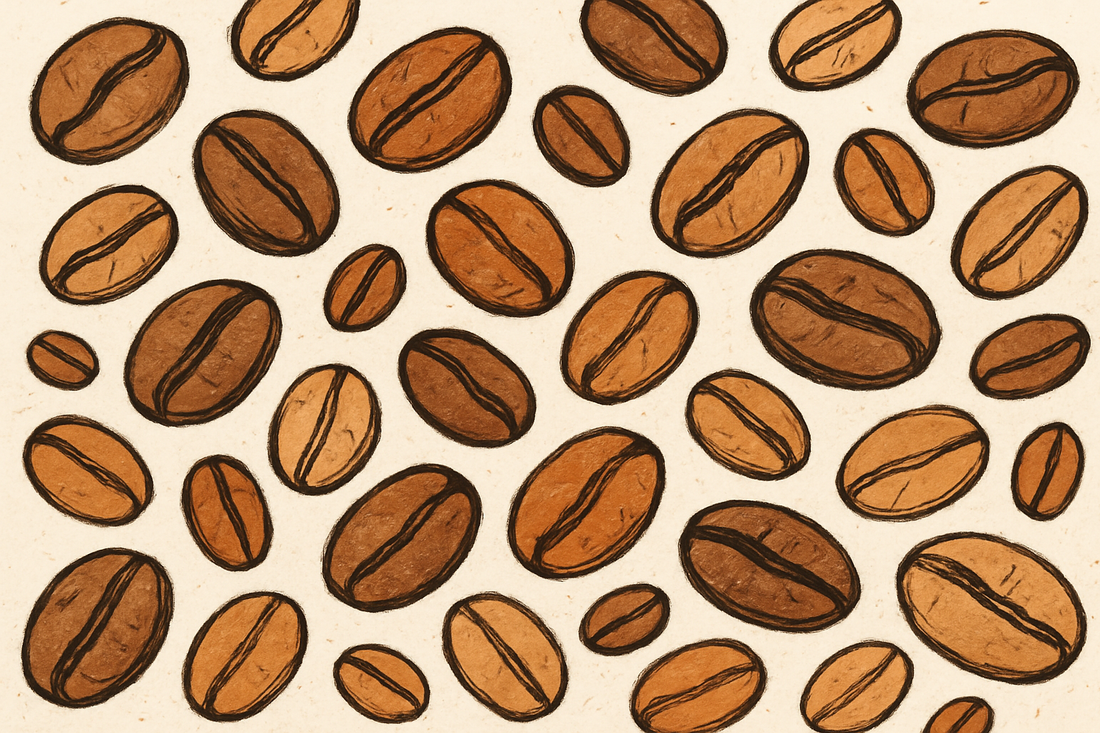
☕ The Different Types of Decaffeination (And Who They’re For)
Decaf coffee doesn’t mean “no flavor.” In fact, the magic lies in the decaffeination process—how caffeine is removed from the bean before roasting. Here are the main methods you’ll come across 👇
🌊 Swiss Water Process
-
How it works: Uses pure water to gently remove caffeine.
-
Taste: Preserves most of the bean’s original flavor—smooth and clean.
-
Best for: Coffee lovers who want chemical-free decaf with a full-bodied taste.
-
Learn more: Swiss Water Process
👉 Many of our decaf blends use this method because it keeps flavor intact while staying natural.
🍎 Ethyl Acetate (EA), a.k.a. Sugar Cane Process
-
How it works: Uses a naturally occurring compound (often derived from sugar cane or fruit) to remove caffeine.
-
Taste: Mild, smooth, sometimes with a subtle sweetness.
-
Best for: Those who like the idea of a “naturally decaffeinated” method with a flavorful result.
-
Learn more: Coffee Confidential – EA Method
🫘 CO₂ Process (Supercritical Carbon Dioxide)
-
How it works: Uses pressurized carbon dioxide to target and extract caffeine.
-
Taste: Excellent at preserving delicate flavors, especially in espresso.
-
Best for: People who want premium flavor and don’t mind a high-tech approach.
-
Learn more: National Coffee Association – CO₂ Method
🧴 Solvent-Based (Methylene Chloride or Ethyl Acetate)
-
How it works: Beans are steamed and rinsed with a solvent that bonds to caffeine. The solvent is then removed before roasting.
-
Taste: Retains decent flavor, often used in large-scale commercial decaf.
-
Note: While safe to drink (FDA on decaf safety), this isn’t a process we carry at Flower & Moon, since we focus on natural and flavor-first methods.
👉 Curious how good decaf can taste? Explore our handpicked decaf beans and sip without compromise.
